This pub was once open ground, alongside the Theatre Royal (built in 1864). Then, from the early 1900s until after World War II, the site was occupied by W & T Avery, manufacturer of brass balances and other weighing machines. In the 1950s, the premises were listed as the Savoy Dining Rooms and in the 1960s as Alfresco Restaurant.
An illustration and text about The Brass Balance.
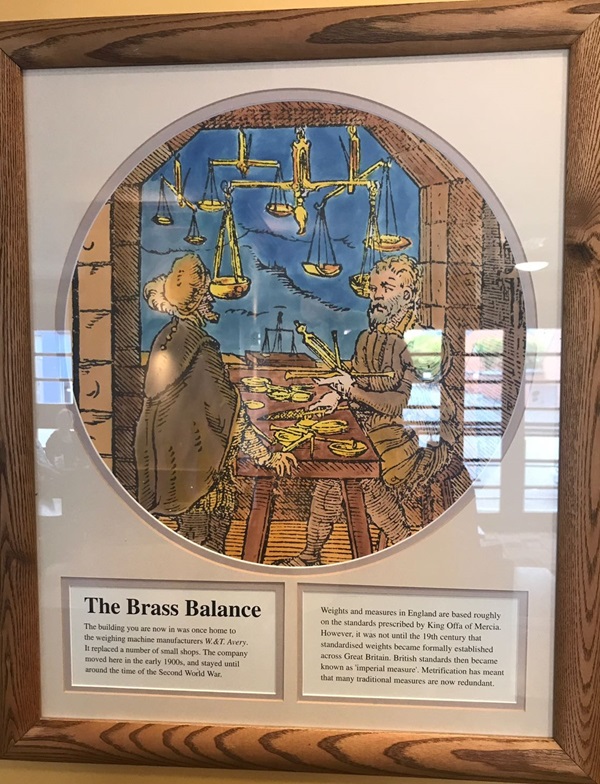
The text reads: The building you are now in was once home to the weighing machine manufacturers W&T Avery. It replaced a number of small shops. The company moved here in the early 1900s, and stayed until around the time of the Second World War.
Weights and measures in England are based roughly on the standards prescribed by King Offa of Mercia. However, it was not until the 19th century that standardised weights became formally established across Great Britain. British standards then became known as ‘imperial measure’. Metrification has meant that many traditional measures are now redundant.
Text about the history of The Brass Balance.
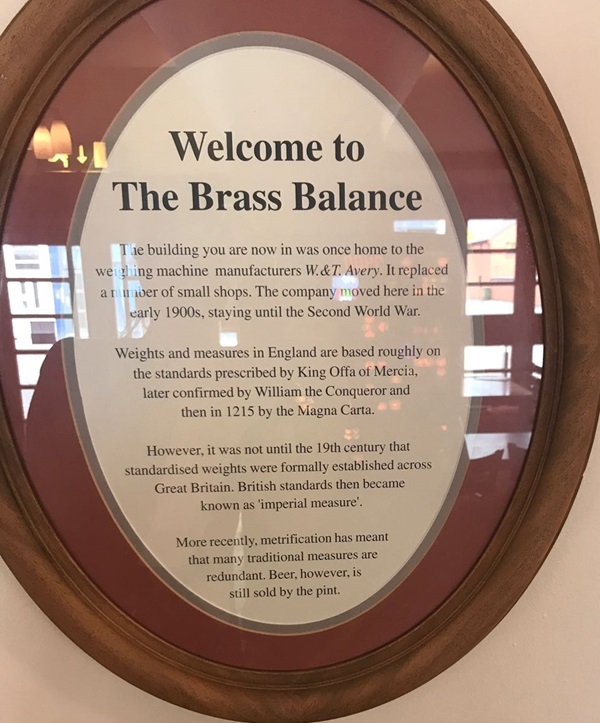
The text reads: The building you are now in was once home to the weighing machine manufacturers W&T Avery. It replaced a number of small shops. The company moved here in the early 1900s, and stayed until around the time of the Second World War.
Weights and measures in England are based roughly on the standards prescribed by King Offa of Mercia. However, it was not until the 19th century that standardised weights became formally established across Great Britain. British standards then became known as ‘imperial measure’. Metrification has meant that many traditional measures are now redundant. Beer, however, is still sold by the pint.
An illustration of The Brass Balance.
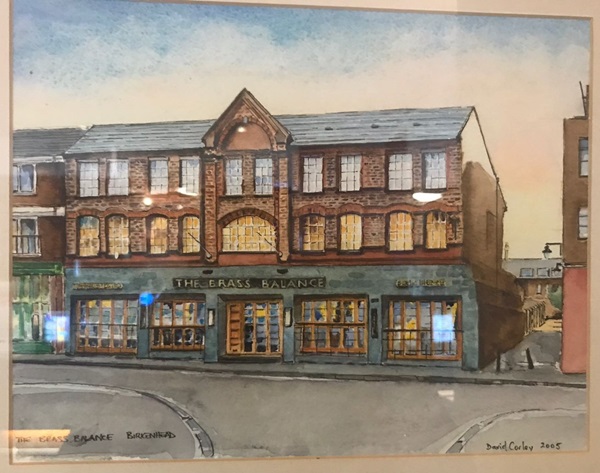
Prints and text about crossing the River Mersey.
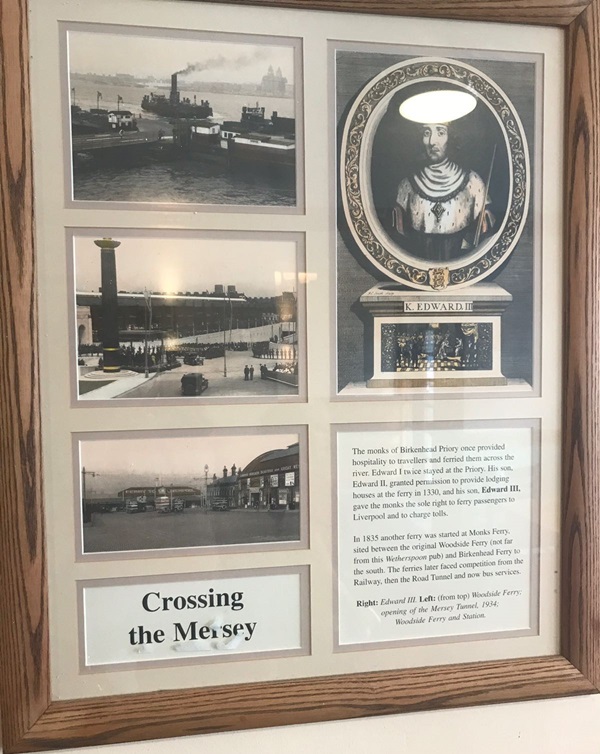
The text reads: The monks of Birkenhead Priory once provided hospitality to travellers and ferried them across the river. Edward I twice stayed at the Priory. His son, Edward II, granted permission to provide lodging houses at the ferry in 1330, and his son, Edward III, gave the monks the sole right to ferry passengers to Liverpool and to charge tolls.
In 1835 another ferry was started at Monks Ferry, sited between the original Woodside Ferry (not far from this Wetherspoon pub) and Birkenhead Ferry to the south. The ferries later faced competition from the railway, then the road tunnel and now bus services.
Right: Edward III
Left: (from top) Woodside Ferry: opening of the Mersey Tunnel, 1934: Woodside Ferry and Station.
A watercolour painting of Hamilton Square, by David Corley.
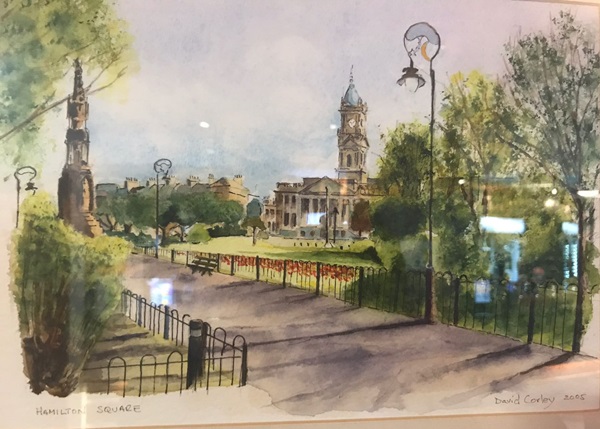
External photograph of the building – main entrance.
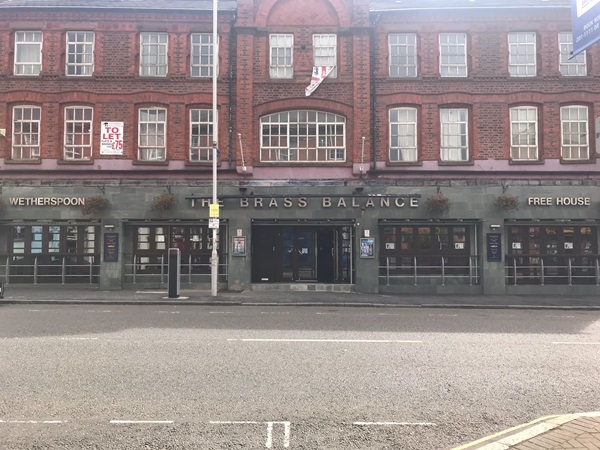
If you have information on the history of this pub, then we’d like you to share it with us. Please e-mail all information to: pubhistories@jdwetherspoon.co.uk